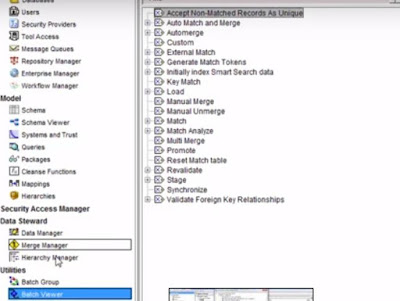Are you preparing for Java interview and looking for material
for preparation? Are you also interested in knowing what kinds of questions are
normally asked during Java interview? If so, then this article provides
detailed questions and answers about Java. Good luck for your interview.
Q1: What is marker interface in Java?
Answer: The interface with no defined methods is called
marker interface. Such interface acts as a marker which tells the compiler that
the objects of the classes implementing the interfaces with no defined methods
need to be treated differently.
For example, java.io.Serializable,
java.lang.Cloneable etc. are marker interfaces
- Marker interface also called as ‘tag’
interface as they tag the derived classes into a specific category based on usage.
- We can write custom
marker interface.
Q2: What is method in
Java?
Answer:
- A Java
method in java is a set of statements that are grouped together to perform
an operation
- It can be called at any
point in the program using the method's name.
- The method is a
subprogram which works on the data.
- Method has return type,
so it either return some value or it may return void.
For example, in the
sample code below area() is method.
class Triangle
public int area(int param1,
int param2) {
return
(1/2*param1*param2);
}
Q3: What is method overloading
and method overriding?
Answer:
- Method overloading means
multiple methods in the same class with the same name but different method
signatures. We can define the same
operation in different ways for different data.
For example -
class Shape {
public void
calculateArea(int param) {…}
public void
calculateArea(int length, int width){}
}
2. Method overriding means
two methods with same name and signatures, one in the parent class and the
other one in the child class. We can define the same
operation in different ways for different object types.
For example - In the
example below, method name 'area(int length)' is same. The signature of method
in parent and child class is also same. Here, the child class
Square overrides 'area' method from parent class - Shape.
class Shape{
public void area(int
length) {…}
}
class Square extends
Shape {
public void area(int
length) { …}
}
Q4: Is Java 100% Object
Oriented?
Answer: The Java technology
is based on Object Oriented concepts. However, it does not follow 100% Object
Oriented. Java uses eight primitive data types such as int, float, double , boolean,
byte, char, long, short which are not objects. Hence it is not fully Object Oriented.
Q5: What is an Object in
Java?
Answer: Object is an
entity which has state and behavior. State is presented through fields and
behavior is presented through methods. Person,
Table, TV, Home etc . are examples of an object.
For example, assume
person as an object.
It has state - weight,
height, gender, eye color, hair color etc.
It has behavior - walk,
speak, listen etc.






